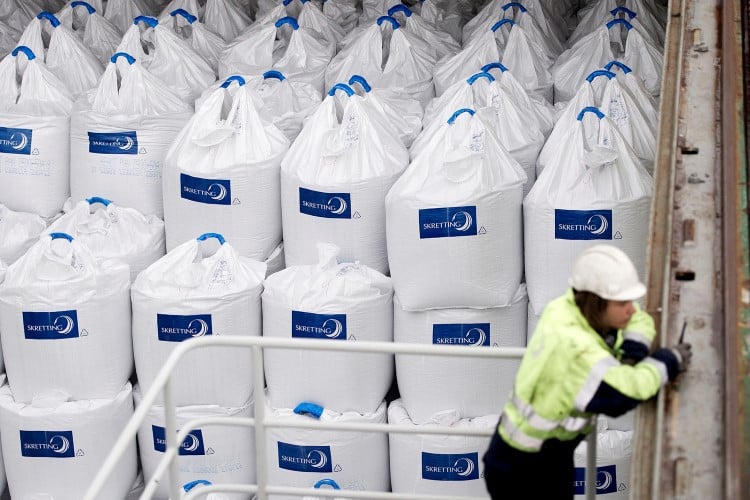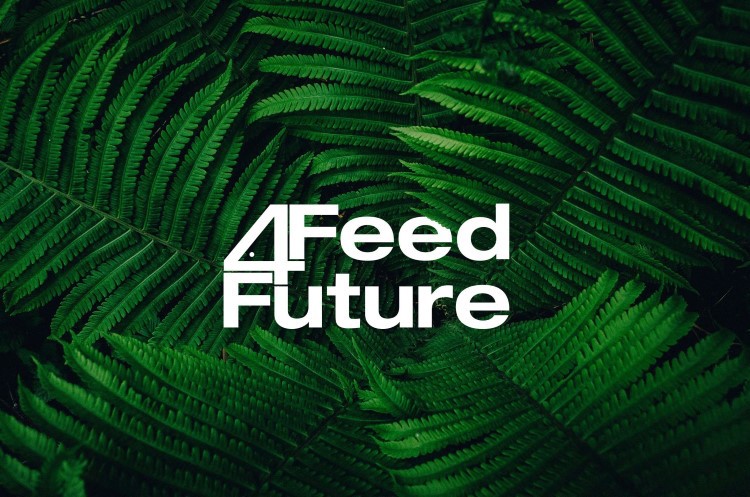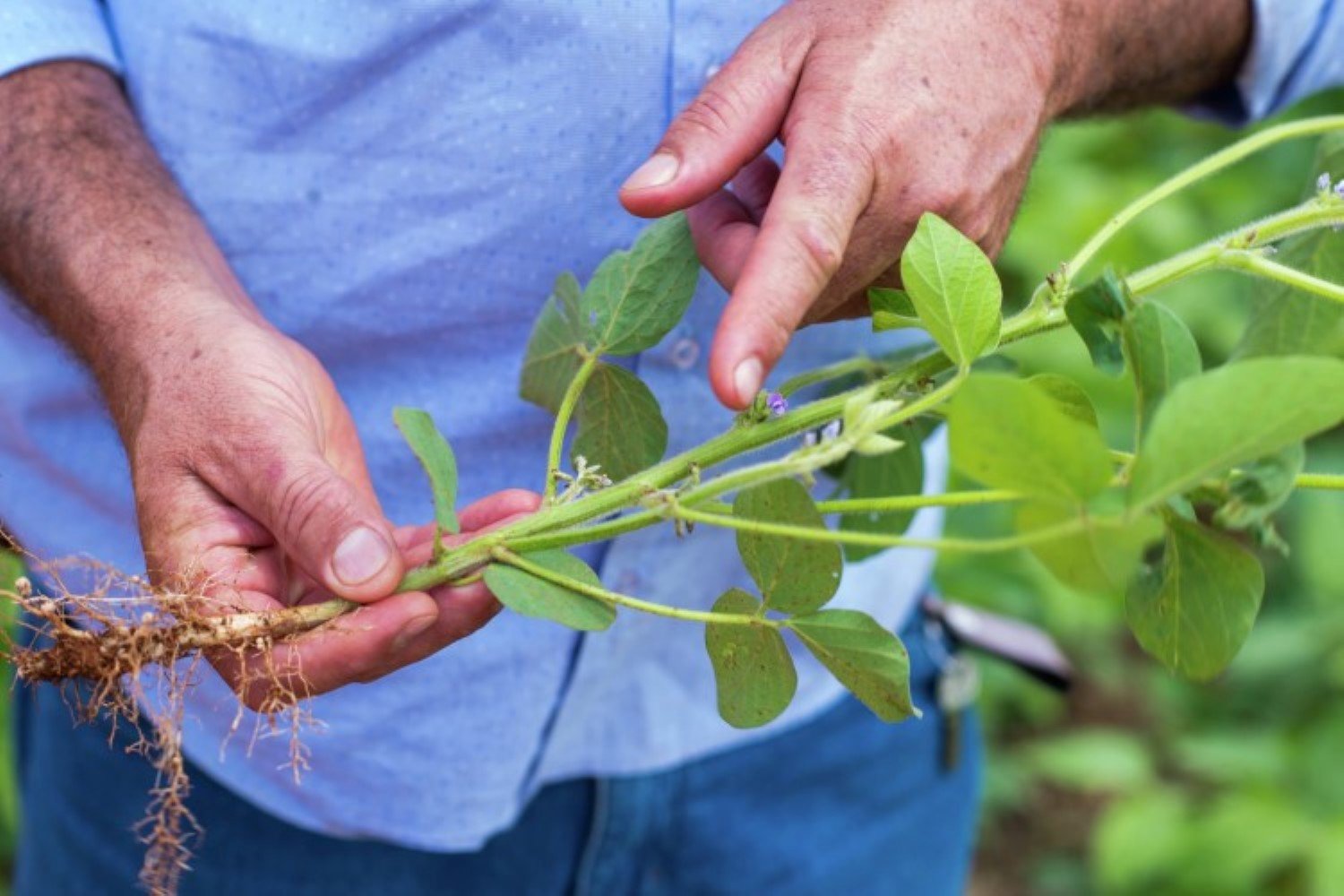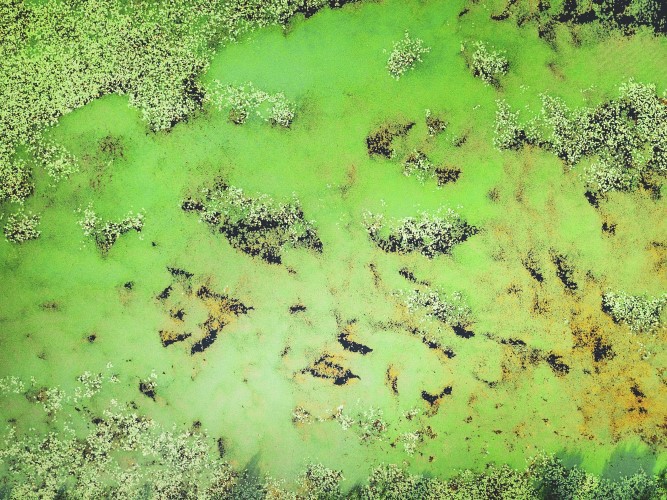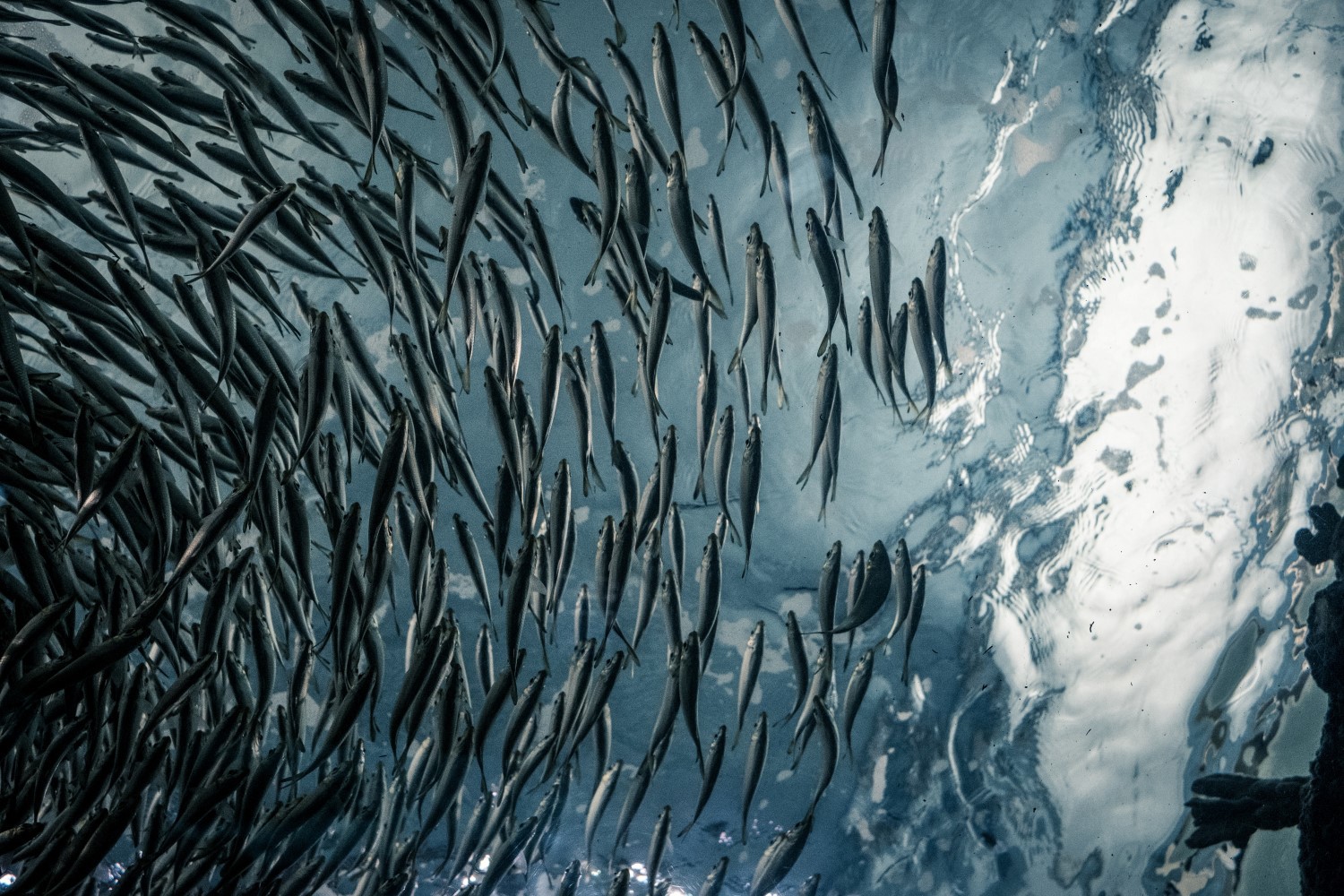A carbon footprint considers the life cycle GHGe of products and services. The International Organization for Standardization (ISO) carbon footprint standard, ISO 14067:2018, defines this as the sum of greenhouse gases (GHGs) and (natural) GHG removals in a product system, expressed as CO2 equivalents (CO2e) and based on life cycle assessment (LCA) principles using the single impact category of climate change. As such, all life cycle stages are considered in terms of a carbon footprint – from resource extraction, manufacturing and use, through to disposal or recycling. A partial carbon footprint, meanwhile, only considers selected life cycle stages.
The key difference to an LCA is that a carbon footprint study assesses only a single environmental impact category (global warming potential), and not other potential environmental impacts, such as non-GHG emissions, acidification, eutrophication, toxicity, biodiversity. As with LCAs, carbon footprint does not address social or economic impacts.









